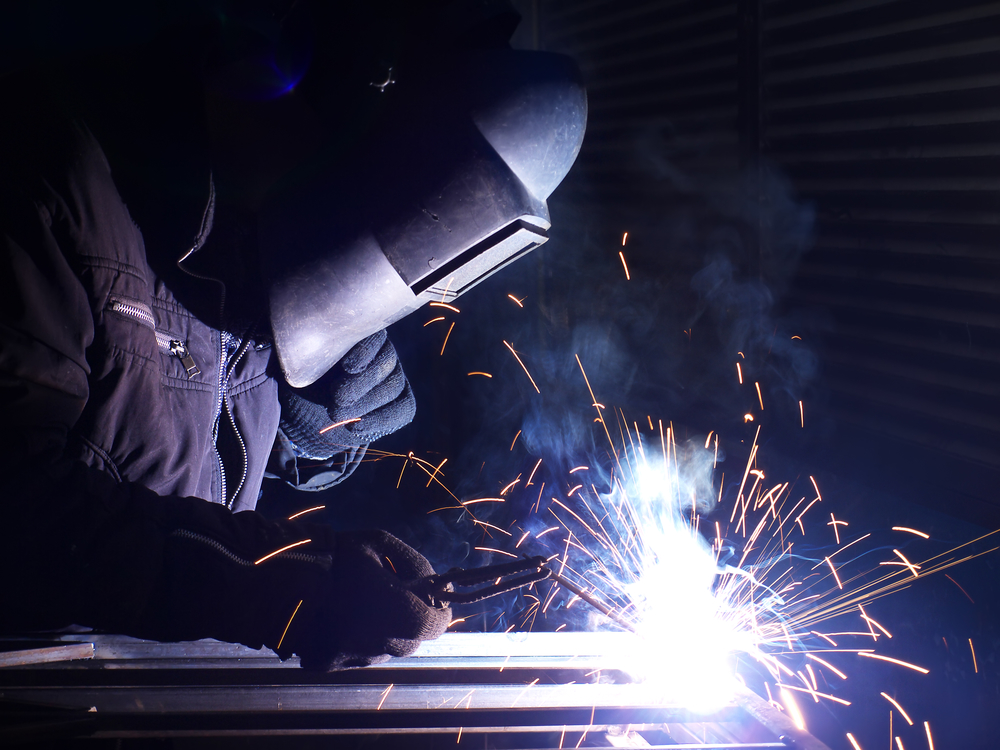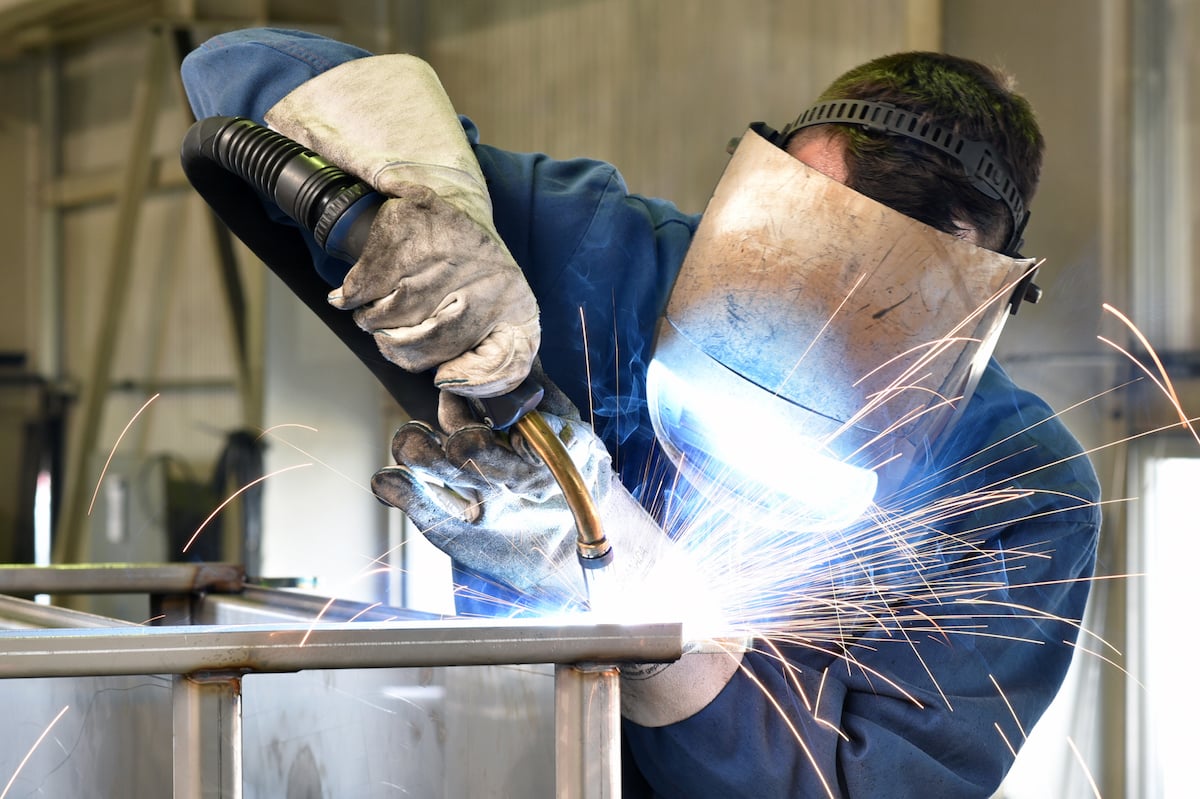Typical Welding Repair Service Issues and How to Address Them Effectively
Welding repairs typically experience a variety of issues that can endanger the honesty of the end product. Common problems include inadequate penetration, porosity, and misalignment, amongst others. Each flaw presents distinct obstacles that call for particular strategies for resolution. Recognizing these issues is necessary for welders intending to improve their outcomes and skills. This conversation will certainly discover these typical welding repair concerns and reliable approaches to resolve them.
Insufficient Penetration
Poor penetration takes place when the weld steel fails to completely fuse with the base material, resulting in weak joints and possible architectural failures. This issue often comes from insufficient warmth input, wrong electrode angle, or improper welding rate. Welders may come across poor infiltration due to a miscalculation of the required parameters for a certain product thickness or type. Additionally, contamination on the base product's surface area can prevent effective bonding, aggravating the problem. To address inadequate penetration, welders need to assure appropriate settings on their tools and maintain a clean job surface area. Regular inspection of welds is suggested to identify any deficiencies early, permitting timely modifications and the prevention of compromised architectural stability in bonded assemblies.
Porosity
Porosity is a common flaw in bonded joints that materializes as tiny gas bubbles caught within the weld steel. This flaw can compromise the stability of the weld, causing reduced toughness and prospective failure under stress. Welding. Porosity normally develops from contamination, dampness, or improper welding methods, which enable gases to escape into the liquified weld swimming pool. To address porosity, welders must assure correct surface area preparation, keep a clean working setting, and use ideal welding specifications. Additionally, selecting the best filler product and protecting gas can alleviate gas entrapment. Regular examination and testing of welds can help identify porosity early, guaranteeing prompt corrective actions are taken, therefore protecting the quality and reliability of the welded structure
Misalignment
Misalignment in welding can emerge from different factors, including improper arrangement and thermal development. Comprehending the source is crucial for reliable resolution. A number of correction methods are offered to straighten elements and assure structural stability.
Sources of Misalignment
Welding misalignment frequently comes from a variety of underlying problems that can jeopardize structural honesty. One key reason is inappropriate fit-up of components before welding, which can result in gaps and irregular surfaces. Variants in thermal growth during the welding process can also cause distortion, especially if the materials being signed up with have various coefficients of expansion. Additionally, poor clamping and fixturing might fail to hold elements safely in area, causing activity during welding. Badly kept equipment, including welding machines and devices, might present variances in the weld grain, additional adding to imbalance. Operator mistake, stemming from inadequate training or experience, can also play a considerable duty in creating misaligned welds.

Modification Techniques Readily Available
Resolving imbalance effectively requires a combination of rehabilitative techniques tailored to the certain issues available. One usual method is making use of jigs or components to hold elements in the appropriate position during welding, making sure consistent placement. Furthermore, preheating the materials can help in reducing distortion and enhance fit-up. For substantial imbalance, mechanical realignment strategies, such as using hydraulic jacks or clamps, can be used to remedy the placement before welding. Post-weld warmth treatment might additionally be needed to ease stress and anxieties triggered by imbalance. Finally, cautious examination and change throughout the setup phase can protect against imbalance issues from coming to be substantial problems, advertising a smoother welding procedure and improving overall structural stability.
Distortion
Distortion is a common obstacle in welding that can develop from numerous factors, consisting of irregular cooling and heating. Recognizing the causes of distortion is necessary for carrying out effective prevention methods. Addressing this problem not only improves architectural stability but also improves the general quality of the weld.
Reasons for Distortion
When based on the extreme warmth of welding, materials frequently undertake adjustments that can lead to distortion. This phenomenon mostly occurs from thermal growth and tightening during the welding procedure. As the weld location warms up, the material broadens; upon air conditioning, it contracts, which can create inner anxieties. Additionally, unequal home heating throughout a work surface can worsen these anxieties, resulting in warping or bending. The kind of product likewise plays a significant duty; metals with differing thermal conductivity and coefficients of growth might respond in a different way, leading to unforeseeable distortions. Inadequate joint layout and poor fixturing can add to imbalance throughout welding, increasing the possibility of distortion. Recognizing these causes is essential for efficient welding repair and prevention methods.
Prevention Techniques
Reliable prevention strategies for distortion throughout welding focus on managing warm input and making sure correct joint design. Maintaining a consistent heat input helps to lessen thermal development and contraction, which can result in distortion. Making use of techniques such as preheating the work surface can also minimize the temperature gradient, promoting uniform home heating. Furthermore, selecting suitable joint layouts, such as T-joints or lap joints, can boost stability and reduce stress concentrations. Executing appropriate fixturing to secure the workpieces in position even more help in maintaining alignment during the welding process. Staggered welding series can distribute heat more equally, avoiding localized distortion. By applying these approaches, welders can significantly decrease the possibility of distortion and boost the overall top quality of their welds.
Cracking
Cracking is a typical concern come across in welding repairs, often arising from different factors such as inappropriate cooling prices, material choice, or poor joint preparation. The event of fractures can significantly compromise the honesty of the weld, leading to possible failings throughout procedure. To address this concern, welders need to first analyze the source, making certain that products are suitable and suitably picked for the details application. Additionally, managing the air conditioning price during the welding process is important; quick cooling can cause tension and lead to fracturing. Correct joint style and preparation additionally add to decreasing the threat. Implementing these techniques can boost weld quality and resilience, eventually reducing the chance of cracking in finished weldments.

Insufficient Combination
A considerable concern in welding repair work is insufficient combination, which redirected here happens when the weld metal does not appropriately bond with the base material or previous weld passes - Welding. This defect can lead to weak points in the joint, possibly endangering the integrity of the bonded framework. Aspects adding to insufficient fusion consist of inadequate warm input, incorrect welding strategy, and contamination of the surfaces being signed up with. To resolve this problem efficiently, welders must guarantee appropriate pre-weld cleaning and surface area prep work, as well as adjust their welding specifications to achieve sufficient infiltration and blend. Regular assessment during the welding process can also assist identify incomplete fusion early, permitting for timely corrective procedures to improve the overall high quality of the weld
Overheating
While welding fixings can boost architectural honesty, overheating offers a substantial challenge that can bring about material degradation. Too much heat during welding can modify the mechanical residential or commercial properties of metals, resulting in lowered strength, raised brittleness, and bending. This phenomenon is specifically critical in high-stress applications where architectural dependability is paramount. Determining getting too hot can include visual assessments for staining or distortion, as well as checking temperature during the welding procedure. To reduce the risks connected with getting too hot, welders need to use proper strategies, such as managing heat input, adjusting traveling rate, and utilizing ideal filler products. Additionally, executing pre- and post-weld warmth treatments can aid restore product buildings and boost the overall quality of the fixing, guaranteeing long-lasting efficiency and security.
Frequently Asked Concerns
What Are the Usual Indications of a Welding Problem?

How Can I Examine My Welds for Top quality?
To check welds for high quality, one can advanced welding use visual inspections, ultrasonic testing, and radiographic techniques. Each technique guarantees architectural honesty, identifies problems, and validates adherence to specified standards, inevitably boosting the integrity of the welded joints.
What Safety Precautions Should I Take While Welding?
When welding, one must focus on safety by putting on proper individual protective equipment, guaranteeing proper ventilation, protecting combustible products away, keeping a clean office, and knowing surroundings to stop injuries and accidents.
Can I Repair a Weld Without Redoing the Entire Joint?
Fixing a weld without remodeling the whole joint is feasible, depending on the damage (Belgrade Fabrication). Methods such as grinding, including filler material, or using a welding procedure can efficiently deal with details flaws while preserving the surrounding framework
What Tools Are Vital for Effective Welding Repairs?
Necessary tools for reliable welding repair services include a welding maker, cord brush, mill, safety gear, clamps, and filler products. Each device plays a crucial function in ensuring top quality and security throughout the fixing procedure. Porosity normally emerges from contamination, moisture, or improper welding methods, which permit gases to run away right into the molten weld swimming pool. Poorly kept devices, including welding devices and tools, may introduce disparities in the weld bead, additional contributing to misalignment. When subjected to the intense warm of welding, products often undertake modifications that can lead to distortion. Breaking is an usual issue experienced in welding repair work, often resulting from various factors such as inappropriate air conditioning rates, product selection, or insufficient joint preparation. A substantial concern in welding repair work is insufficient blend, which happens when the weld metal does not sufficiently bond with the find out this here base product or previous weld passes.